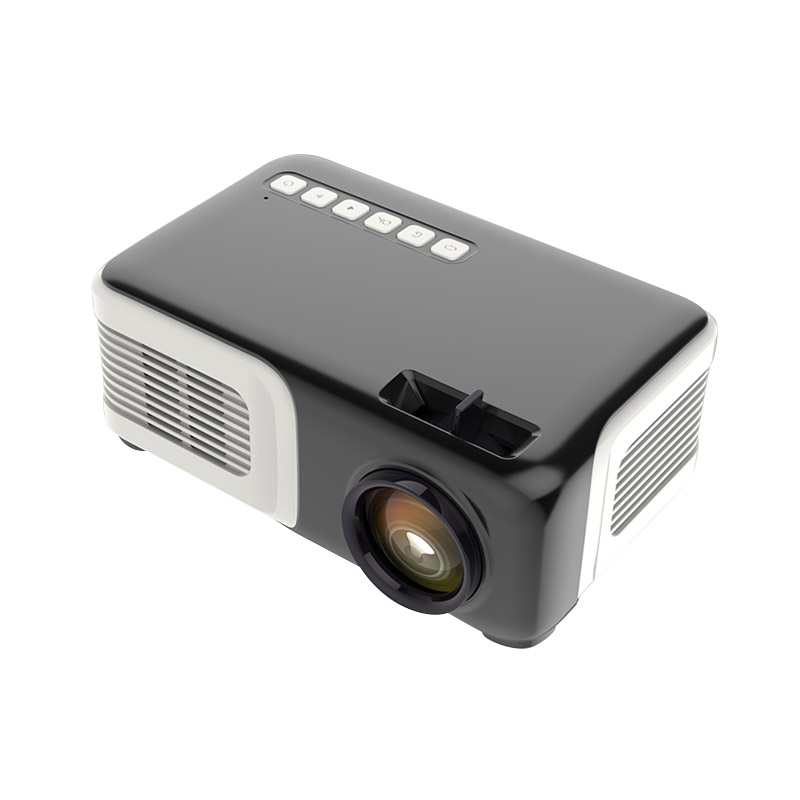Considerations of mini projectors
2023-10-17
A mini projector, also known as a portable projector or pico projector, is a compact and lightweight device that can project images and videos onto a screen or other flat surfaces. Mini projectors are designed to be portable, making them convenient for on-the-go presentations, movie nights, and other portable projection needs.
Here are some key features and considerations of mini projectors:
1. Size and Portability: Mini projectors are small and lightweight, typically weighing a few hundred grams or less. They are designed for easy transportation and can easily fit into a bag or pocket. Their compact size makes them suitable for travel, outdoor use, and impromptu projection setups.
2. Projection Technology: Mini projectors use various projection technologies, including Digital Light Processing (DLP), Liquid Crystal Display (LCD), or Laser technology. DLP projectors generally offer better color accuracy and contrast, while LCD projectors are known for their higher brightness levels. Laser projectors provide longer-lasting light sources and can deliver better image quality in terms of color accuracy and sharpness.
3. Resolution: Mini projectors come in different resolutions, including standard definition (SD), high definition (HD), and even 4K. The resolution determines the level of detail in the projected image. Higher resolutions offer sharper and more detailed visuals, but they may come at a higher cost.
4. Brightness: Mini projectors have varying brightness levels, typically measured in lumens. The brightness level affects how well the projected image appears in different lighting conditions. Higher brightness is generally recommended for brighter environments or larger screens. However, keep in mind that mini projectors tend to have lower brightness compared to larger projectors.
5. Connectivity: Mini projectors offer various connectivity options to connect to different devices such as smartphones, tablets, laptops, gaming consoles, and media players. Common connectivity options include HDMI, USB, Wi-Fi, and Bluetooth. Ensure that the mini projector has the necessary ports and wireless capabilities to connect to your desired devices.
6. Battery Life: Mini projectors often have built-in rechargeable batteries, allowing them to be used without a direct power source. Battery life can vary depending on the projector model and usage, ranging from a few hours to several hours of continuous projection. Consider the battery life if you plan to use the projector in locations without access to power outlets.
7. Built-in Speakers and Audio Connectivity: Some mini projectors come with built-in speakers, allowing you to project audio along with the video content. Alternatively, they may have audio output ports to connect external speakers or headphones for enhanced audio quality.
8. Keystone Correction and Focus Adjustment: Keystone correction is a feature that allows you to adjust the image to correct distortions caused by the projector not being placed perpendicular to the screen. Focus adjustment enables you to achieve a clear and sharp image by adjusting the projector's focus manually or electronically.
Mini projectors are versatile devices suitable for personal entertainment, business presentations, education, and other portable projection needs. When choosing a mini projector, consider factors such as size, resolution, brightness, connectivity options, battery life, and any additional features that meet your specific requirements.



